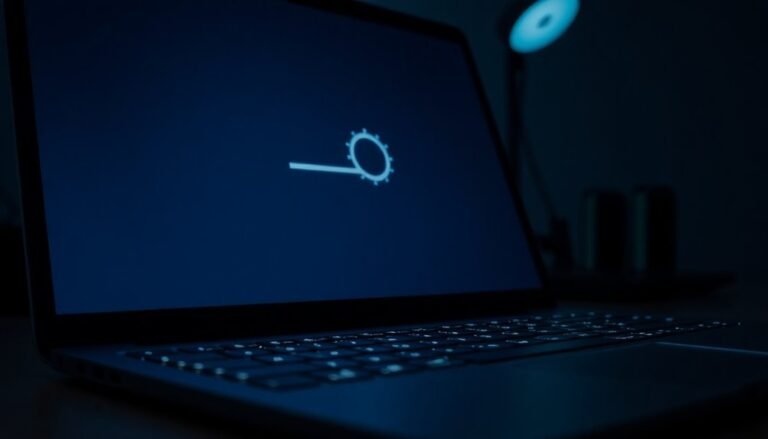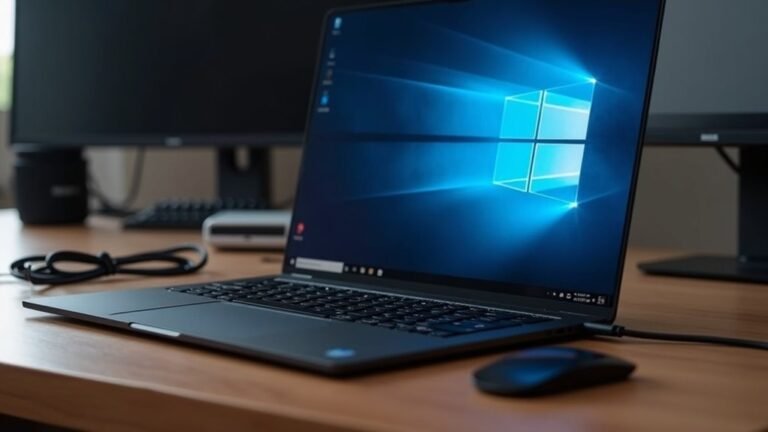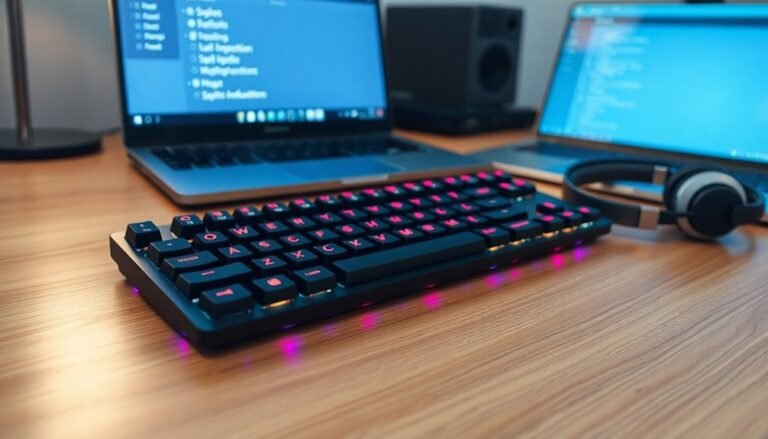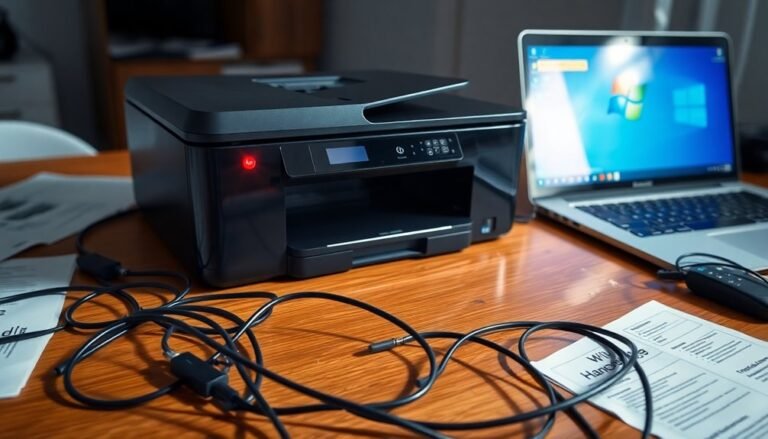Shift M Not Working Windows 11: Fix Minimize Shortcut

If Shift+M isn’t minimizing windows on Windows 11, start by checking your keyboard layout. Also, disable Accessibility features like Sticky or Filter Keys.
Next, update your Windows and keyboard drivers. Restart Windows Explorer via Task Manager to refresh the user interface.
Close any background apps that might hijack shortcuts. Verify your keyboard is working by testing it on another device.
Addressing hardware and software conflicts often restores shortcut function. For more systematic troubleshooting and deeper fixes, here’s what you can try next.
Common Reasons for Shift+M Shortcut Failure in Windows 11
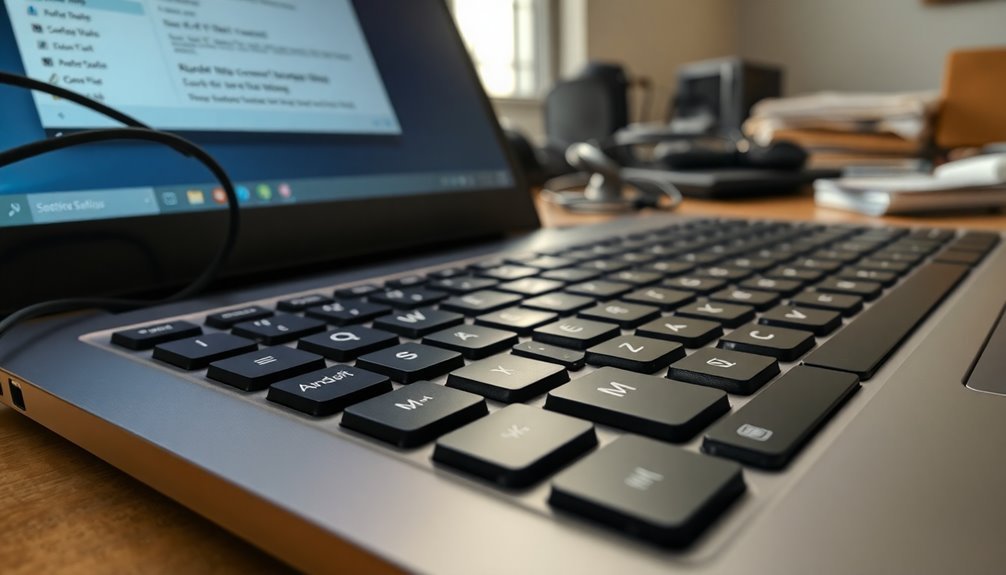
If the Shift+M shortcut suddenly stops working on Windows 11, several common technical issues could be causing the problem. One major reason is shortcut conflicts, where other applications or keyboard remapping tools override the Shift+M command, preventing Windows from recognizing it.
Background programs may also intercept keyboard shortcuts silently, disrupting their functionality. Additionally, recent Windows updates sometimes introduce new system-reserved shortcuts that clash with your existing Shift+M combination.
Another frequent cause is accessibility features like Sticky Keys or Filter Keys, which can change how the Shift or M keys behave and block the shortcut from registering properly. It’s also important to consider potential software conflicts, as background applications or startup programs may interfere with keyboard functionality and cause shortcuts like Shift+M to stop working.
Incorrect keyboard layout settings or outdated keyboard drivers also often lead to key remapping or unresponsive keys, especially if you use a non-standard keyboard or haven’t updated your drivers recently.
Physical issues such as dirt, debris, or damage on the Shift or M keys can further cause shortcut failures.
Lastly, system-level policies or security software in managed environments might restrict or disable certain keyboard shortcuts, including Shift+M.
To fix Shift+M not working in Windows 11, start by checking for shortcut conflicts, updating keyboard drivers, reviewing accessibility settings, and inspecting the physical keyboard condition.
Understanding these common causes will help you troubleshoot and restore the Shift+M shortcut effectively.
Quick Steps to Diagnose the Issue
How to Diagnose and Fix the Shift+M Shortcut Not Working Issue Quickly
If your Shift+M keyboard shortcut isn’t working, start by following these quick diagnostic steps to identify and resolve the problem efficiently.
1. Check Accessibility Keyboard Settings
Go to Settings > Accessibility > Keyboard and make sure Sticky Keys, Filter Keys, and Toggle Keys are all turned off. These accessibility features can often interfere with keyboard shortcuts like Shift+M.
2. Reset Keyboard Settings to Default
Resetting your keyboard settings to default can fix misconfigurations. Access the Control Panel, navigate to advanced keyboard options, and restore default settings to ensure no shortcut keys are disabled.
3. Physically Inspect and Clean Your Keyboard
Use a microfiber cloth lightly dampened with electronics-safe rubbing alcohol to clean your keyboard. Check for stuck keys, physical damage, or loose connections. Updating keyboard drivers can also help resolve issues caused by outdated or incompatible drivers.
Testing the keyboard on another computer or using an external keyboard can help rule out hardware issues.
4. Verify Input Language and Keyboard Layout
Go to Settings > Time & Language > Language & Region and confirm that your primary keyboard layout matches your physical keyboard. Remove any unused or conflicting layouts that might affect shortcut behavior.
5. Close Conflicting Applications and Background Processes
Some apps and utilities can override or block keyboard shortcuts. Close all unnecessary programs and background processes, then retest the Shift+M shortcut to see if it works.
By systematically following these steps, you can quickly diagnose and fix the Shift+M shortcut not working problem on Windows PCs.
For more keyboard troubleshooting tips and solutions, explore our related guides.
Updating Windows and Keyboard Drivers
Troubleshooting Keyboard Shortcuts Not Working on Windows 11: Update Your Keyboard and Windows Drivers
If your keyboard shortcuts aren’t working on Windows 11, outdated or faulty keyboard drivers are often the main cause. To fix this, start by opening Device Manager. Expand the “Keyboards” section, right-click your keyboard device, and select Update driver. Choose Search automatically for updated driver software so Windows can find and install the latest keyboard drivers.
If updating the keyboard driver doesn’t resolve the issue, go to Windows Settings > Windows Update, and click Check for updates. Installing all available Windows updates ensures you get the latest system and keyboard driver improvements. After updates, always restart your PC to apply changes properly.
Still experiencing keyboard shortcut problems? Try uninstalling the keyboard driver via Device Manager by right-clicking your keyboard device and selecting Uninstall device. Then restart your computer—Windows 11 will automatically reinstall the correct keyboard drivers, which can fix driver corruption or incompatibility issues.
For added convenience, third-party driver update tools like Driver Easy can scan and update drivers automatically. However, manual updates through Device Manager or directly from the manufacturer’s website are safer and reduce risks of unwanted software or security threats.
Keep your Windows 11 keyboard drivers up to date to ensure smooth keyboard shortcut functionality and overall system performance. Remember to restart your PC after any driver updates or changes for the best results.
Disabling Accessibility Features That Affect Shortcuts
How to Disable Accessibility Features in Windows 11 That Interfere with Keyboard Shortcuts
If you’re experiencing issues with keyboard shortcuts like Shift + M not working properly in Windows 11, certain accessibility features could be the cause. To fix this, it’s important to review and disable accessibility settings that may impact shortcut functionality.
Here’s a step-by-step guide to disable interfering accessibility features on Windows 11:
- Open Settings and navigate to Accessibility > Keyboard.
- Turn off Sticky Keys, which modifies Shift key behavior and can cause conflicts with shortcuts. Also, disable the Sticky Keys shortcut to prevent it from activating accidentally.
- Disable Filter Keys, as this feature can ignore repeated keystrokes and delay shortcut recognition, affecting responsiveness.
- Check the On-Screen Keyboard (OSK) and Narrator settings under Accessibility. Both can intercept physical keyboard shortcuts, so turn them off if not needed.
- Make sure High Contrast and Color Filters are disabled. These visual accessibility options may affect shortcut feedback or cause confusion with key presses.
- Lastly, review and disable any shortcut keys linked to accessibility features within Accessibility > Keyboard to avoid future conflicts.
Restarting Windows Explorer and Resetting Keyboard Layout
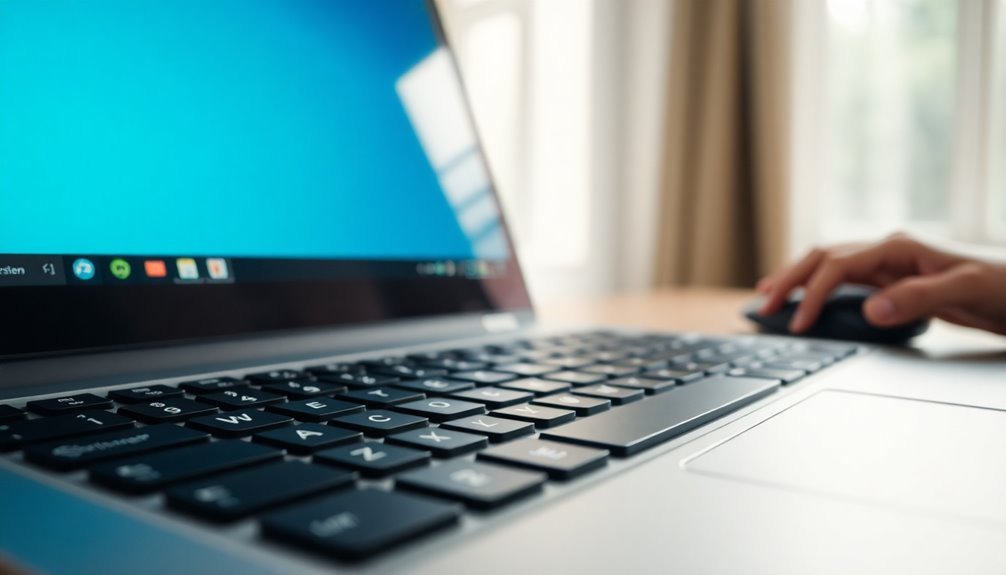
How to Fix Keyboard Shortcuts Not Working in Windows 11 by Restarting Windows Explorer and Resetting Keyboard Layout
If keyboard shortcuts like Shift + M aren’t working in Windows 11, one of the most effective fixes is to restart Windows Explorer and reset your keyboard layout. This quick troubleshooting method can restore shortcut functionality and resolve common UI issues.
Restart Windows Explorer in Windows 11
To restart Windows Explorer:
- Press Ctrl + Shift + Esc to open Task Manager.
- If Task Manager opens in simplified view, click More details at the bottom.
- Click on the Processes tab and sort processes by name.
- Locate Windows Explorer, right-click it, and select Restart.
This action refreshes the desktop, taskbar, and Start menu, often fixing problems with shortcuts and the user interface.
Alternatively, you can restart Windows Explorer using Command Prompt:
- Open Command Prompt as Administrator.
- Run the command:
“`
taskkill /F /IM explorer.exe & start explorer.exe
“`
For faster access, create a batch file with these commands and run it whenever needed.
Reset Keyboard Layout on Windows 11
Incorrect keyboard layout settings can cause shortcuts to malfunction. To check and reset your keyboard layout:
- Press Win + I to open Settings.
- Navigate to Time & Language > Language & Region.
- Under Preferred languages, ensure the correct keyboard layout is selected.
- If the desired layout isn’t listed, add it by clicking Add a language, then select and set it as default.
Resetting the keyboard layout removes conflicts and helps restore proper shortcut recognition.
Using Troubleshooters and System File Checker
How to Fix Shift + M Keyboard Shortcut Not Working in Windows 11 Using Troubleshooters and System File Checker
If the Shift + M keyboard shortcut stops working on your Windows 11 PC, you can quickly troubleshoot and fix the issue using Windows 11’s built-in troubleshooters and the System File Checker (SFC) tool. Follow these easy steps:
1. Run the Keyboard Troubleshooter
Go to Settings > System > Troubleshoot > Other troubleshooters and find the Keyboard troubleshooter. Click Run to automatically detect and resolve common keyboard device or driver problems that might cause shortcuts like Shift + M to fail.
2. Use System File Checker to Repair Corrupted Files
If the keyboard troubleshooter doesn’t fix the problem, open Command Prompt or Windows PowerShell as an administrator. To do this, right-click the Start button and select Run as administrator. Then, type the command `sfc /scannow` and press Enter. This scans your system for corrupted or missing system files and repairs them as needed. The process can take several minutes.
3. Review Scan Results and Logs
Once the SFC scan completes, it will display a message confirming whether system integrity is intact or if repairs were made. If issues remain unresolved, check the detailed log file located at `%Windir%LogsCBSCBS.log` for more information. You can rerun the scan if necessary.
4. Restart Your PC
After completing repairs, always restart your computer to apply changes. Then, test your keyboard shortcut again to see if Shift + M is now working correctly.
Identifying Software and Configuration Conflicts
Common Causes of Shift + M Not Working in Windows 11: Software Conflicts and Configuration Issues
If your Shift + M keyboard shortcut isn’t working in Windows 11, software conflicts and misconfigurations are often to blame rather than hardware faults. Multiple programs may attempt to register the same shortcut, causing only one application to respond while others fail. This is especially common when third-party apps try to override built-in Windows hotkeys.
To identify which application owns a specific hotkey, tools like Spy++ can be useful, although context-sensitive shortcuts mightn’t always be detected. Background processes, system utilities, or security software can also block or modify hotkey behavior.
Additionally, misconfigured group policies, registry edits, or accessibility settings may interfere with keyboard shortcuts. Common culprits include third-party utilities such as screen capture tools and clipboard managers that assign global shortcuts conflicting with Windows default shortcuts.
Windows updates or corrupted user profiles can also unexpectedly alter shortcut functionality.
To fix Shift + M not working in Windows 11, start by auditing installed applications for conflicting shortcut assignments. Review your system’s shortcut configurations and consider restarting background services.
Reverting any recent configuration changes often helps restore proper shortcut functionality. Following these troubleshooting steps ensures smoother keyboard shortcut performance on your Windows 11 PC.
Testing and Fixing Possible Hardware Problems
Troubleshooting Shift + M Not Working on Windows 11: Hardware Fixes
If the Shift + M shortcut stops working on your Windows 11 PC, hardware problems might be the cause, even though software conflicts are more common. To troubleshoot hardware issues, first test your keyboard by connecting it to a different USB port or trying it on another computer to eliminate a physical defect.
Make sure to clean your keyboard’s contacts and keys to ensure mechanical reliability.
Next, use Windows 11’s built-in Hardware Troubleshooter by navigating to Settings > System > Troubleshoot > Other troubleshooters. If you don’t see this option, open the Run dialog (Win + R), type msdt.exe -id DeviceDiagnostic, and press Enter to launch it directly.
For deeper diagnostics, open Device Manager to check for outdated or faulty keyboard drivers and update them if necessary.
Also, review the Reliability Monitor and Event Viewer logs for any hardware-related errors affecting your keyboard.
If you suspect power management settings are causing issues, reset your power plans to default by running the command `powercfg -restoredefaultschemes` in Command Prompt with administrator rights.
Finally, to identify if hardware-driver conflicts are causing the Shift + M key problem, perform a clean boot of Windows 11. This step helps isolate conflicting startup programs or services that may interfere with keyboard functionality.
Maintenance Tips to Prevent Shortcut Issues
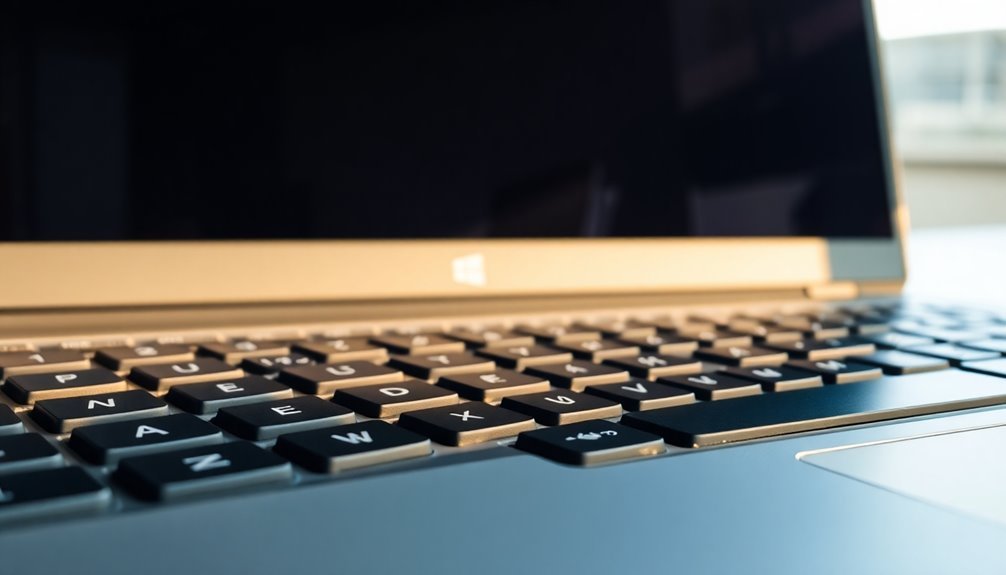
How to Prevent Shift + M Shortcut Issues on Windows 11: Essential Maintenance Tips
If you’ve ruled out hardware problems causing the Shift + M shortcut malfunction on Windows 11, consistent system maintenance is crucial to prevent shortcut issues from recurring. Follow these expert tips to keep your keyboard shortcuts working flawlessly.
1. Enable Automatic Windows Updates
Set Windows Update to automatic and promptly install updates to fix shortcut-related bugs. If updates stall, use the Windows Update Troubleshooter to resolve installation issues quickly.
2. Update Keyboard and Chipset Drivers
Regularly update your keyboard and chipset drivers to ensure optimal compatibility. Don’t forget to install optional firmware updates that can improve system stability and shortcut performance.
3. Clean Up Disk Space Regularly
Run Disk Cleanup and enable Storage Sense to remove temporary files that can slow down your system.
Schedule HDD defragmentation and delete leftover application files to maintain smooth responsiveness. Always ensure sufficient free disk space for optimal operation.
4. Manage Startup Programs and Background Processes
Use Task Manager to disable unnecessary startup items and monitor background processes. This reduces resource conflicts that may interfere with shortcut functionality.
Limit automatic maintenance activities during peak usage and avoid running multiple resource-heavy applications simultaneously.
5. Configure Keyboard Settings and Accessibility Options
Verify that keyboard settings are correctly configured, adjust accessibility features if needed, and calibrate keyboard repeat rates to suit your typing style.
Regularly test your keyboard using Windows’ built-in diagnostic tools to identify potential issues early.
6. Repair System Files with SFC and DISM Scans
Run System File Checker (SFC) and Deployment Image Servicing and Management (DISM) scans to detect and repair corrupted system files or registry errors that could affect shortcut operations.
By following these maintenance best practices, you can effectively prevent Shift + M shortcut problems and ensure a smooth, hassle-free Windows 11 experience.
Keep your system updated, clean, and optimized to enjoy reliable keyboard functionality every time.
Frequently Asked Questions
Can I Customize the Shift+M Shortcut to Perform a Different Action in Windows 11?
You can’t directly reassign Shift+M in Windows 11 using built-in settings. Instead, install AutoHotkey, write a script to intercept Shift+M, and assign your desired action. Run the script to enable the new shortcut functionality.
Does Shift+M Conflict With Any Default Shortcuts in Popular Third-Party Applications?
Yes, you’ll find Shift+M conflicts in apps like Photoshop, Teams, Discord, and some DAWs or design tools. Always check each program’s shortcut settings and remap Shift+M if you experience unexpected behavior or lost functionality.
How Do I Create My Own Keyboard Shortcuts for Window Management in Windows 11?
You can create custom keyboard shortcuts for window management by editing shortcut properties, using PowerToys’ Keyboard Manager to remap keys, or writing AutoHotkey scripts. Test each shortcut, ensuring it doesn’t conflict with system or app-specific shortcuts.
Are There Alternative Shortcuts for Minimizing Windows Besides Shift+M?
Of course, you’re not stuck with just one shortcut! Use Windows key + Down arrow, Windows key + M, or Alt + Space then N. If your keyboard’s feeling dramatic, right-click the taskbar icon to minimize windows too.
Can I Disable or Remap Shift+M Without Affecting Other Shortcuts?
Yes, you can disable or remap Shift+M without affecting other shortcuts by using Microsoft PowerToys. Just remap only Shift+M to “Disabled.” Don’t remap the Shift key itself, and test thoroughly to confirm other shortcuts work.
Conclusion
Don’t let a stubborn Shift+M shortcut leave you feeling like you’re stuck in the Stone Age. By methodically checking drivers, system settings, and hardware, you can quickly track down what’s blocking your minimize command. Stay vigilant with system updates and regular keyboard maintenance to keep shortcuts running smoothly. Remember, most issues are fixable with a systematic approach, so don’t panic—just troubleshoot step by step and reclaim your productivity in Windows 11.


